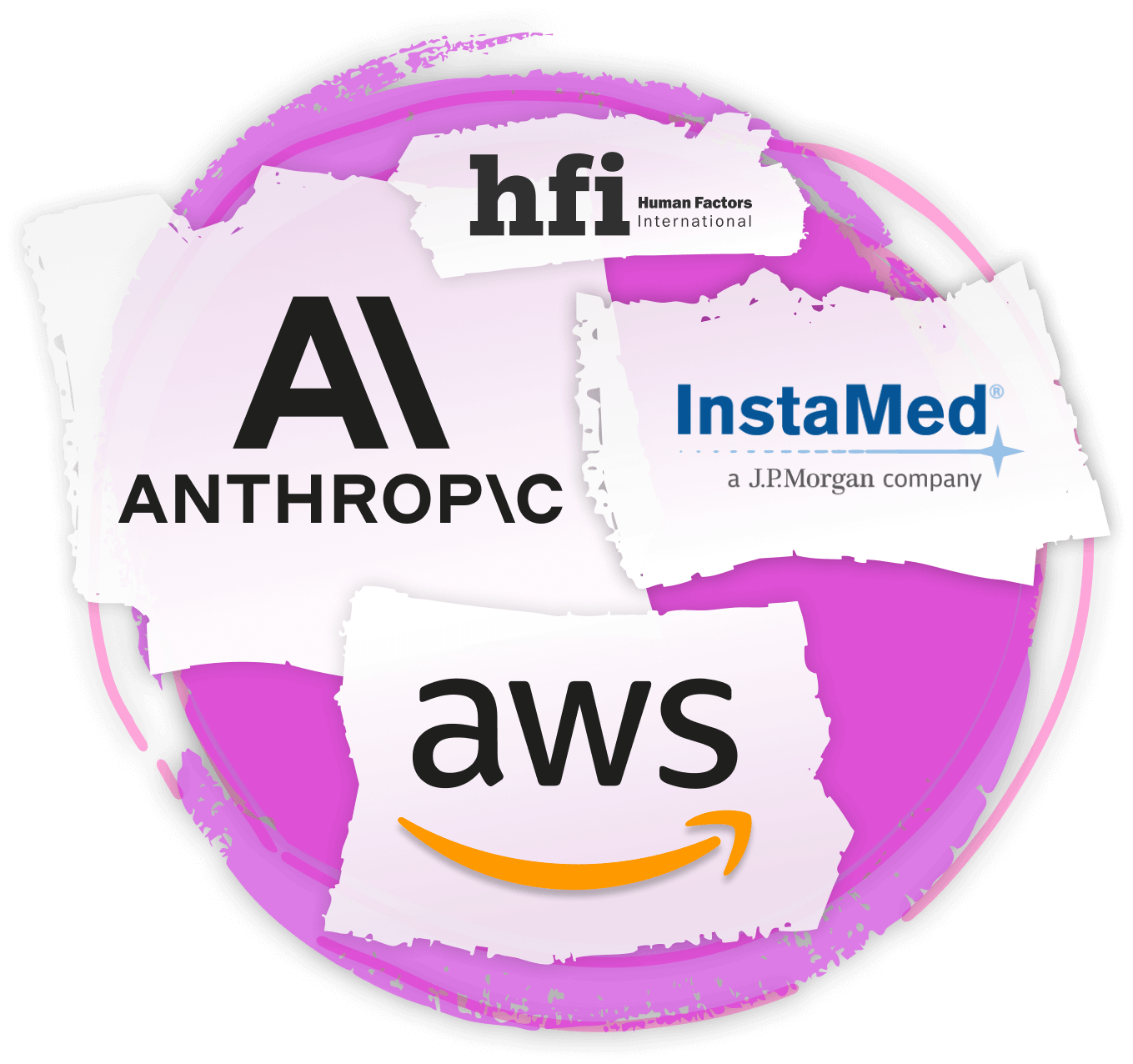Hey there. I'm Roan.
I'm a
ux designer, product designer, graphic designer, web designer
Web Design & Creative Direction • AI Tooling & Product Integration • Mobile & Responsive • CRO & Marketing • SEO & SEM
But here's what that actually means in practice: I've spent 25+ years solving expensive problems at the intersection of design, technology, and business. Transformed PPC-dependent businesses into organic traffic machines. Built AI solutions that turned day-long support nightmares into self-serve wins. Currently architecting healthcare's AI future and loving it. From voice apps that save doctors their sanity to enterprise platforms serving millions of users.
My generalist approach means I can sit with AWS engineers discussing RAG pipelines in the morning, sketch UX flows with designers at lunch, and explain why better UX improves ROI, LTV, and CSAT while reducing CAC and churn - or whatever alphabet soup the boardroom is serving today. This isn't about collecting skills to impress the LinkedIn crowd - it's about understanding the entire ecosystem well enough to design solutions that actually work.
Whether I'm reducing documentation burden for a burnt-out doctor, helping people deal with financial stress, or making sure enterprise software doesn't slowly sap the life from the folks using it daily. I measure success the same way: Did it delight the user? Did it ship on time? Did it move the needle?
What I Do
I ship products that make money and save users time. Here's how I do it - with real examples from real products with real results.
UX, UI & Product Design
From C-suite vision to high-volume, thumb-friendly interfaces. 25+ years designing products that actually launch and work. Specialized in mobile-first experiences because that's where many users live.
- Led design for 12+ enterprise platforms across a PE's $100B portfolio
- Mobile-first redesigns that doubled revenue in 6 months
- WCAG-compliant design systems with 100s of components
- From wireframes to shipped products serving millions annually
- Figma expert (7+ years) including new ecosystem (Make, Sites, FigJam)
Generative AI Integration & Design
- 24-hour support waits → 2-minute AI solutions. Triggered enterprise AI pivot
- Designed voice-to-clinical-notes system saving providers 500+ hours per day
- RAG pipelines processing 15,000+ docs with hallucination mitigation
- Training 100+ employees weekly on practical AI implementation
- Co-presenting at conferences with AWS while implementing Bedrock + Claude in production
Data, CRO & Analytics
- Grew organic revenue 325% through UX + content strategy
- A/B testing frameworks that found 200%+ improvements
- Analytics architecture: QuickSight, Google Analytics, Pendo, Domo
- Behavioral analysis that actually drives design and revenue
- ROI-focused: every pushed pixel has a purpose
Cross-Industry Leadership & Collaboration
- Created prototypes & assets that helped secure 8-figure funding from $100B+ PE firm
- Managed $10M+ annual ad-spend budgets and its optimization
- Led 25+ person teams across design, dev, and content creation
- Collaborated with Fortune 500 partners (AWS, JPMorgan, Anthropic)
- Bridge technical constraints with business requirements daily
What I Make
No hypothetical redesigns here - just products serving millions with measurable impact.
How I Gave Doctors Their Lives Back: AI That Saves 500+ Hours Annually
From PPC Addiction to Organic Powerhouse: The 325% Revenue Story
24-Hour Support Queues → 2-Minute AI Solutions: The POC That Changed Everything
The Mobile-First Redesign That Doubled Revenue in 6 Months
My AI Workbench Right Now
The brightest ideas don't respect office hours. My AI exploration happens everywhere: prototyping & automating at Greenway, experimenting at home, and bringing discoveries from personal projects back to enterprise solutions. When you genuinely love this technology, the boundaries between professional development and personal passion blur. Here's what's currently consuming my nights, weekends, and lunch breaks.
Image models: LoRA Training & Visual Consistency
10-Minute Prototypes That Used to Take Hours
Real-World AI Adoption
Teaching Organizations to Fish

"To be a good designer you must be a good engineer in every sense: curious, inquisitive."
UI & Graphic Design Examples
Three decades of designing will teach you a lot. From vehicle wraps and billboards, to mobile apps and websites of all kinds, I've paid my design dues.
-
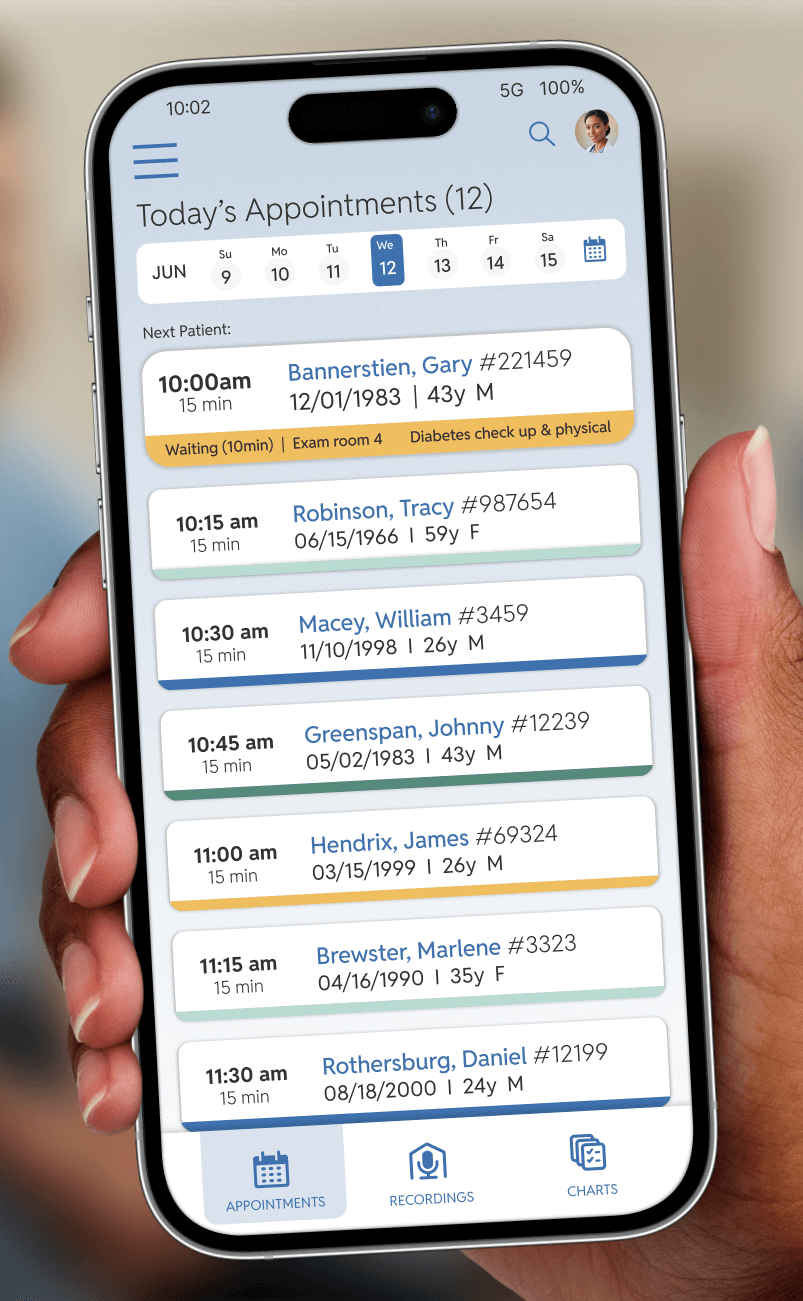
Mobile User Interface
Mobile EHR voice sidekick UI -
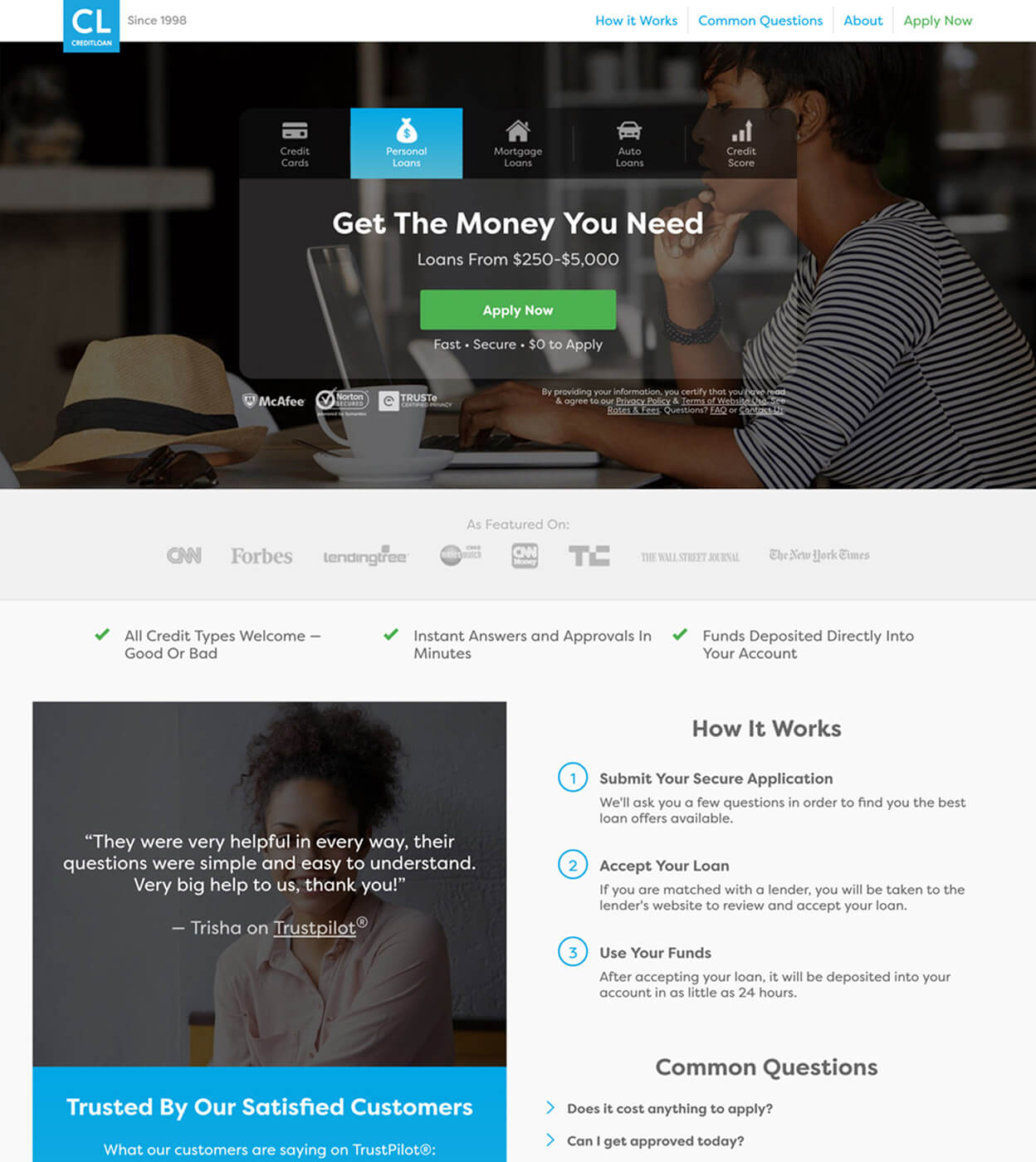
Landing Page
Supported millions in ad spend & visitors each year -

T-Shirt Design
Fun graphic for a dog loving cyclist -
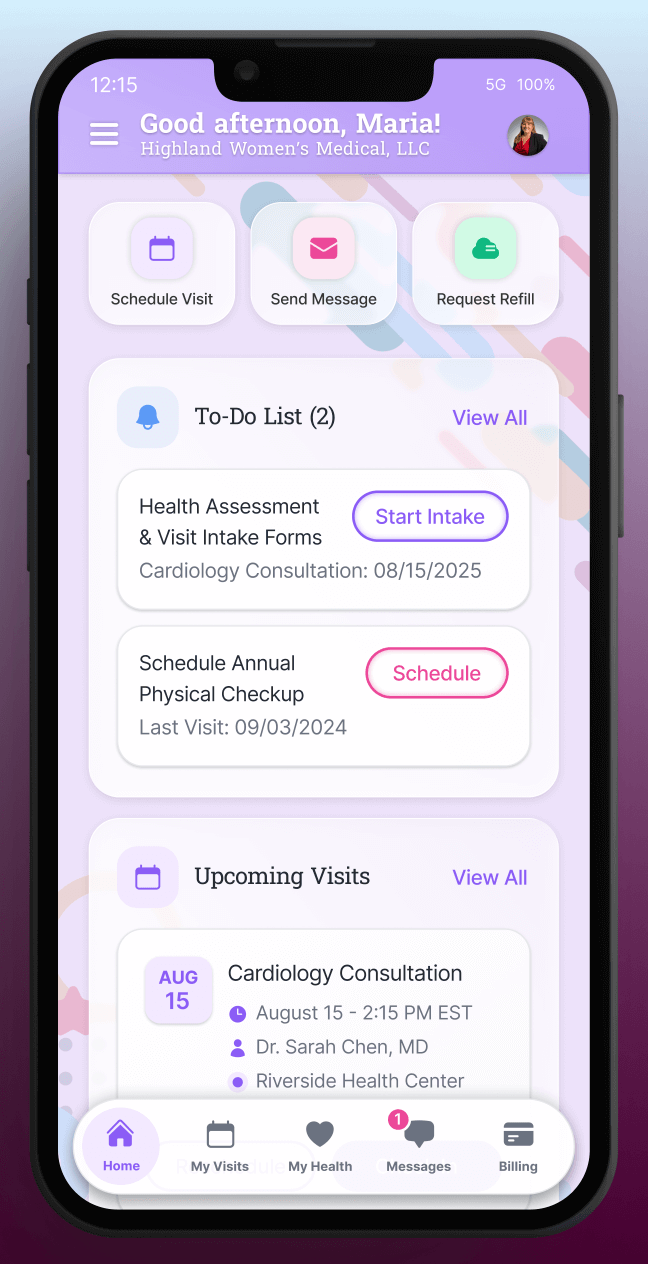
Mobile App UI
Patient portal mobile experience (Figma Prototype) -
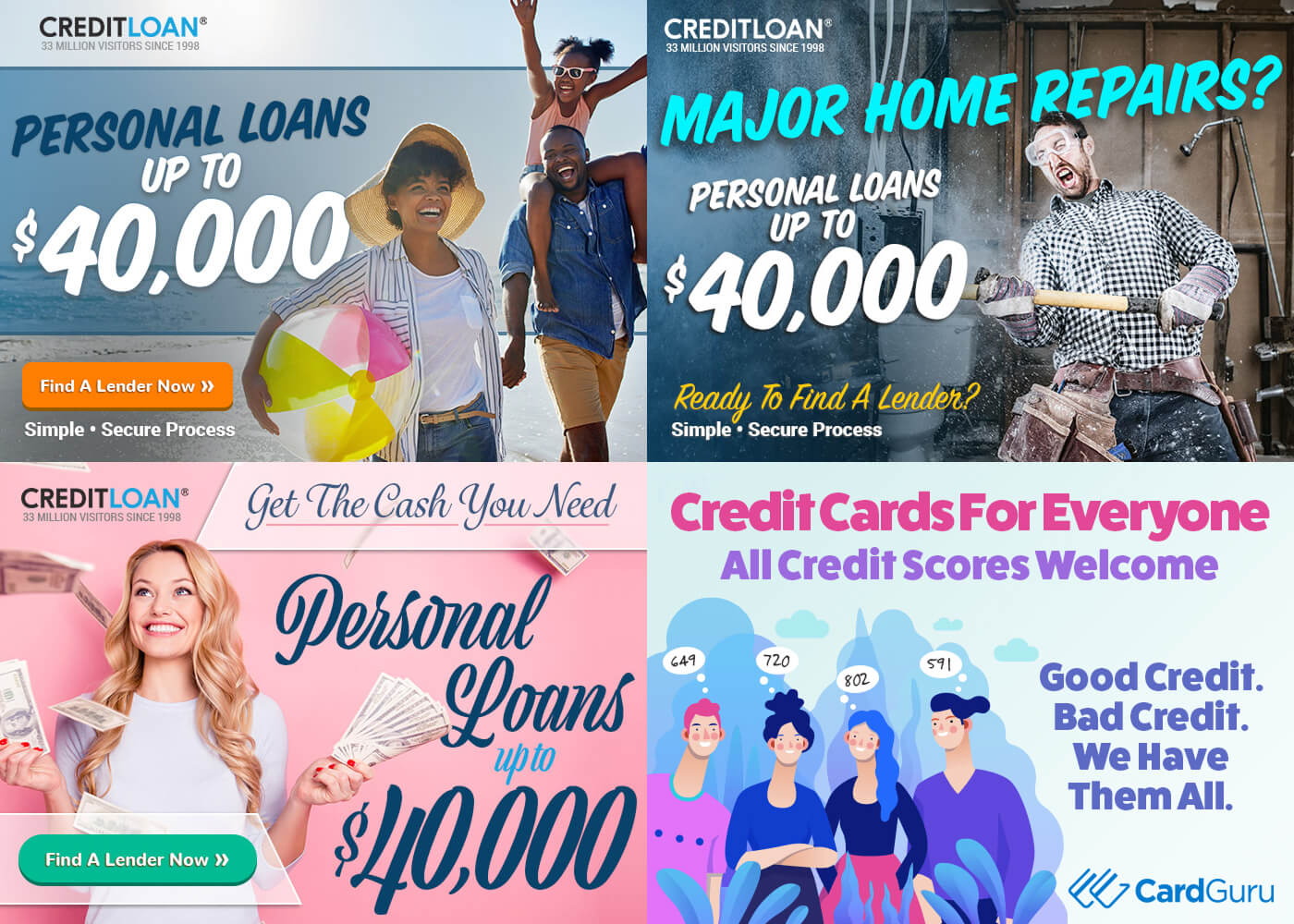
Email Headers
Heavily tested & tuned to make money -

Content Asset
Graphics for an SEO-focused article -
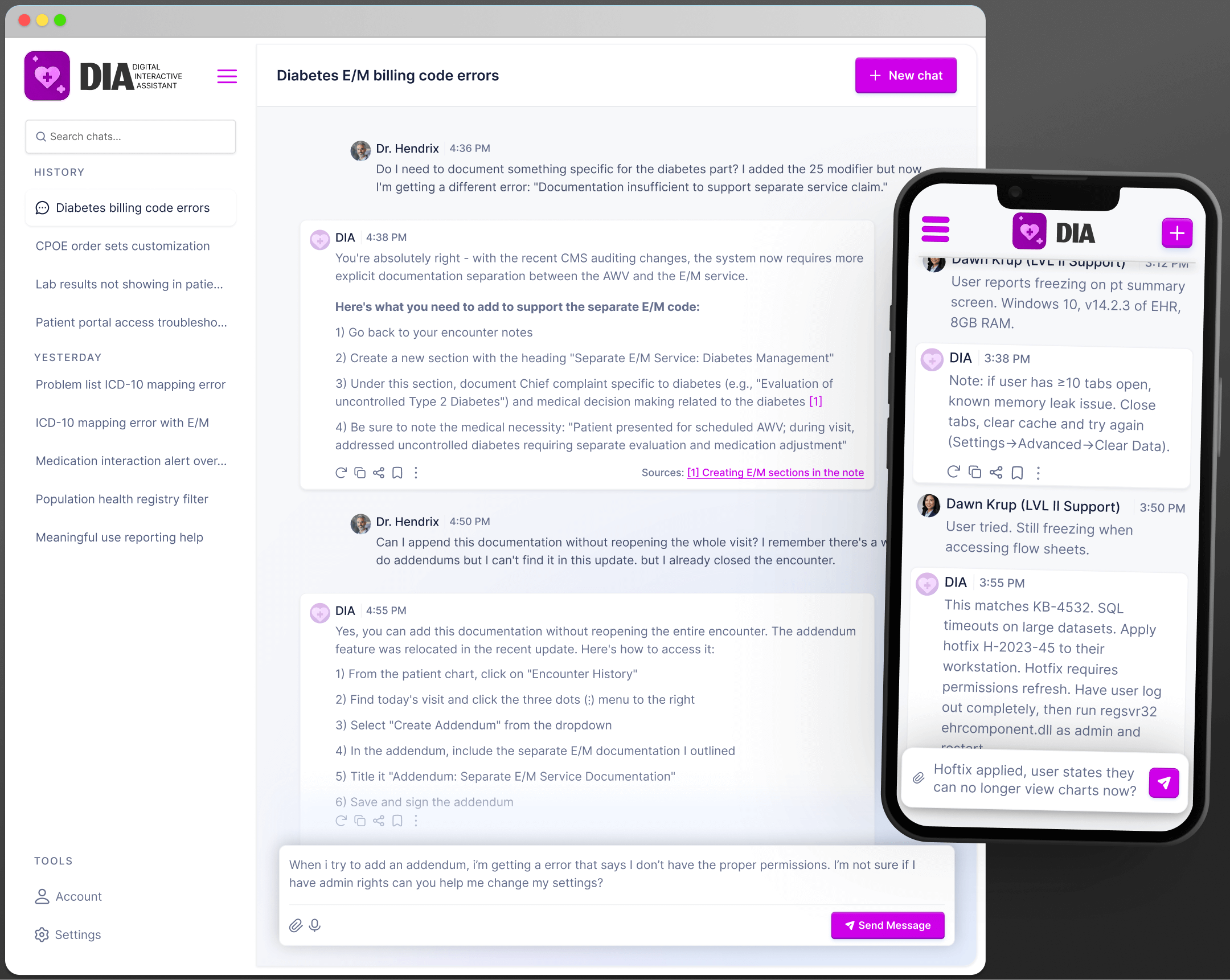
User Interfaces
AI product support chat bot screens -
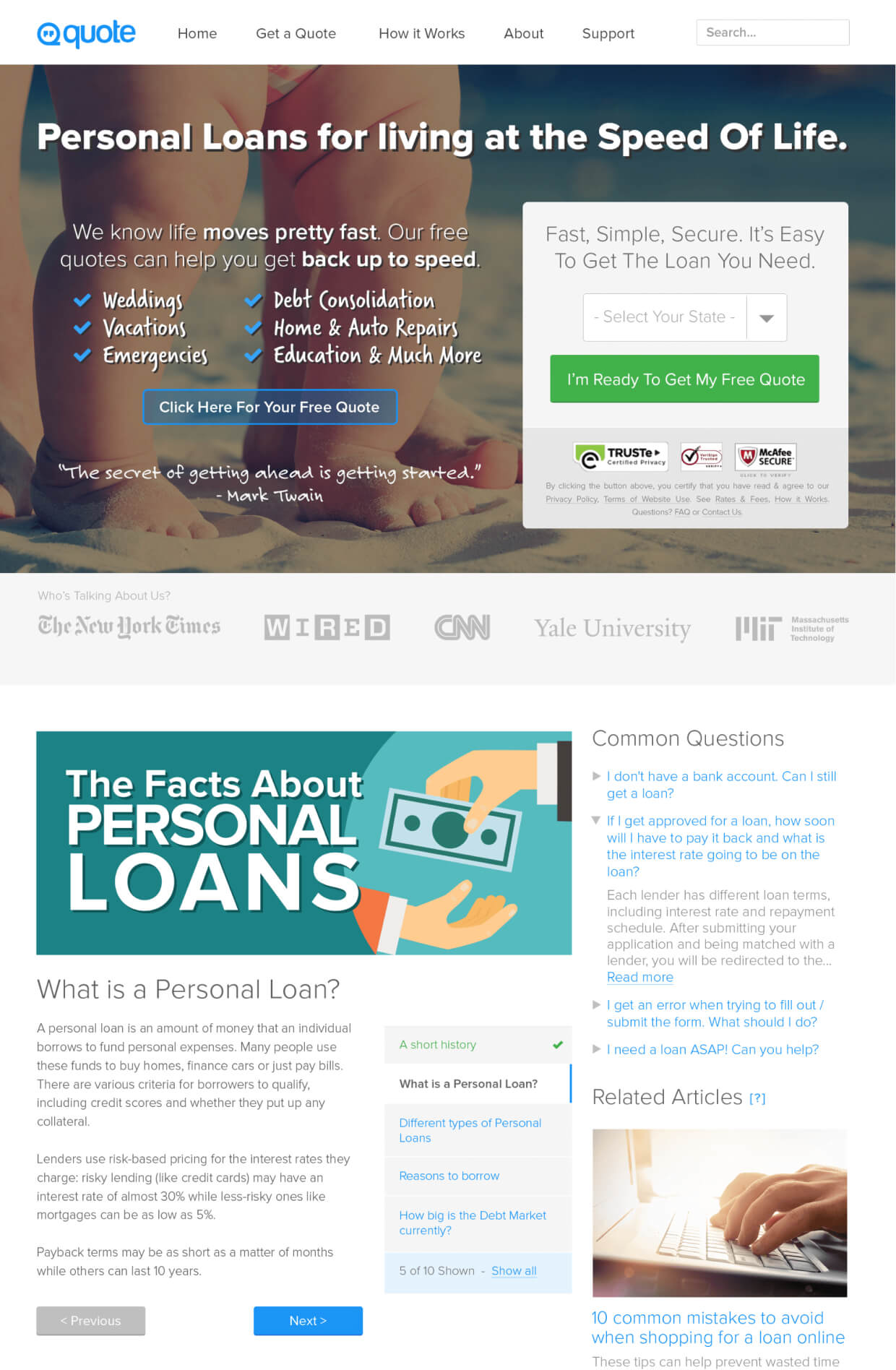
Landing Page
Built to support every stage of the funnel -
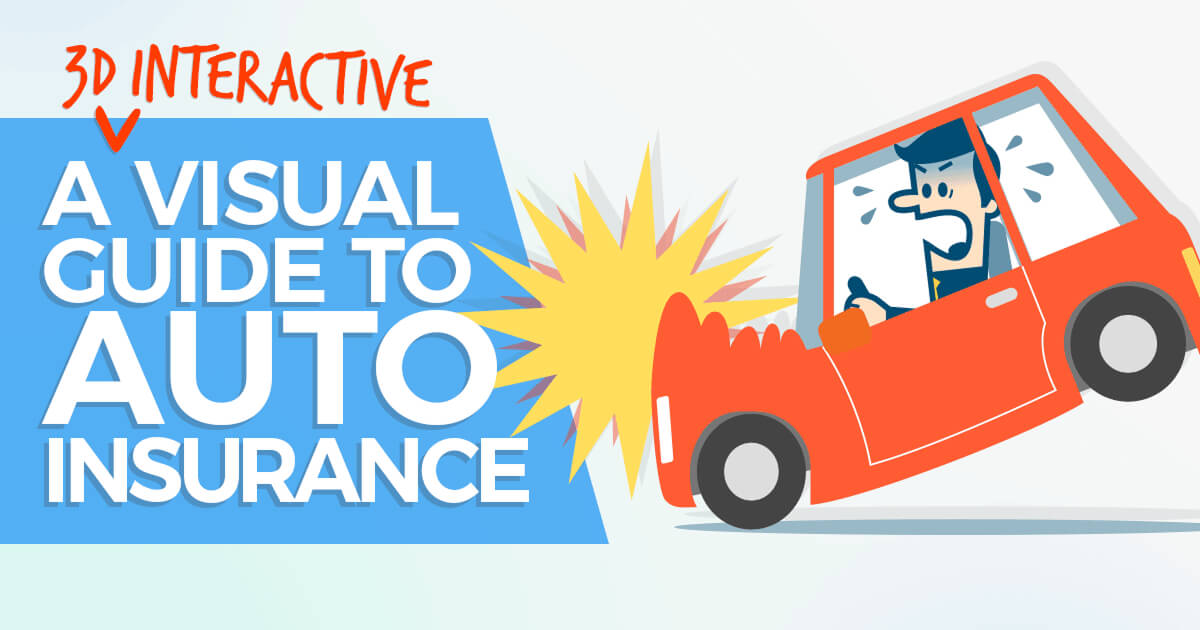
Content Asset
This guide ranked for hundreds of top 10 keywords -
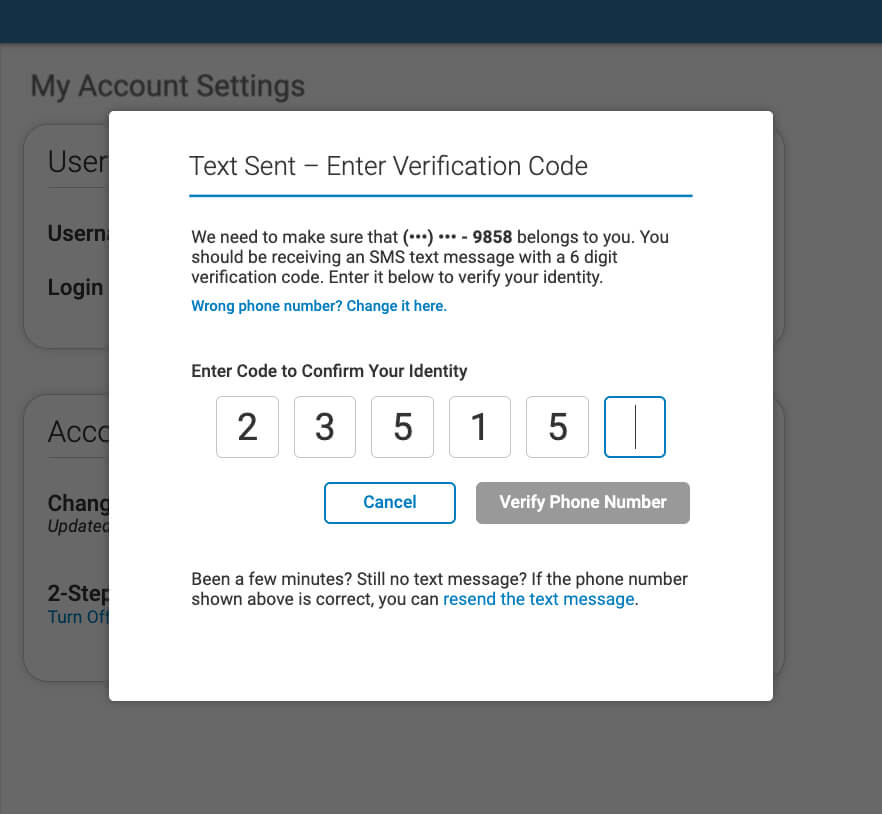
Multifactor Workflow UI
Simple view hides a few complex sub-workflows -

T-Shirt Design
Surfin' the seas of lowbrow humor -

T-Shirt Design
More lowbrow fun. It's ok to be honest -
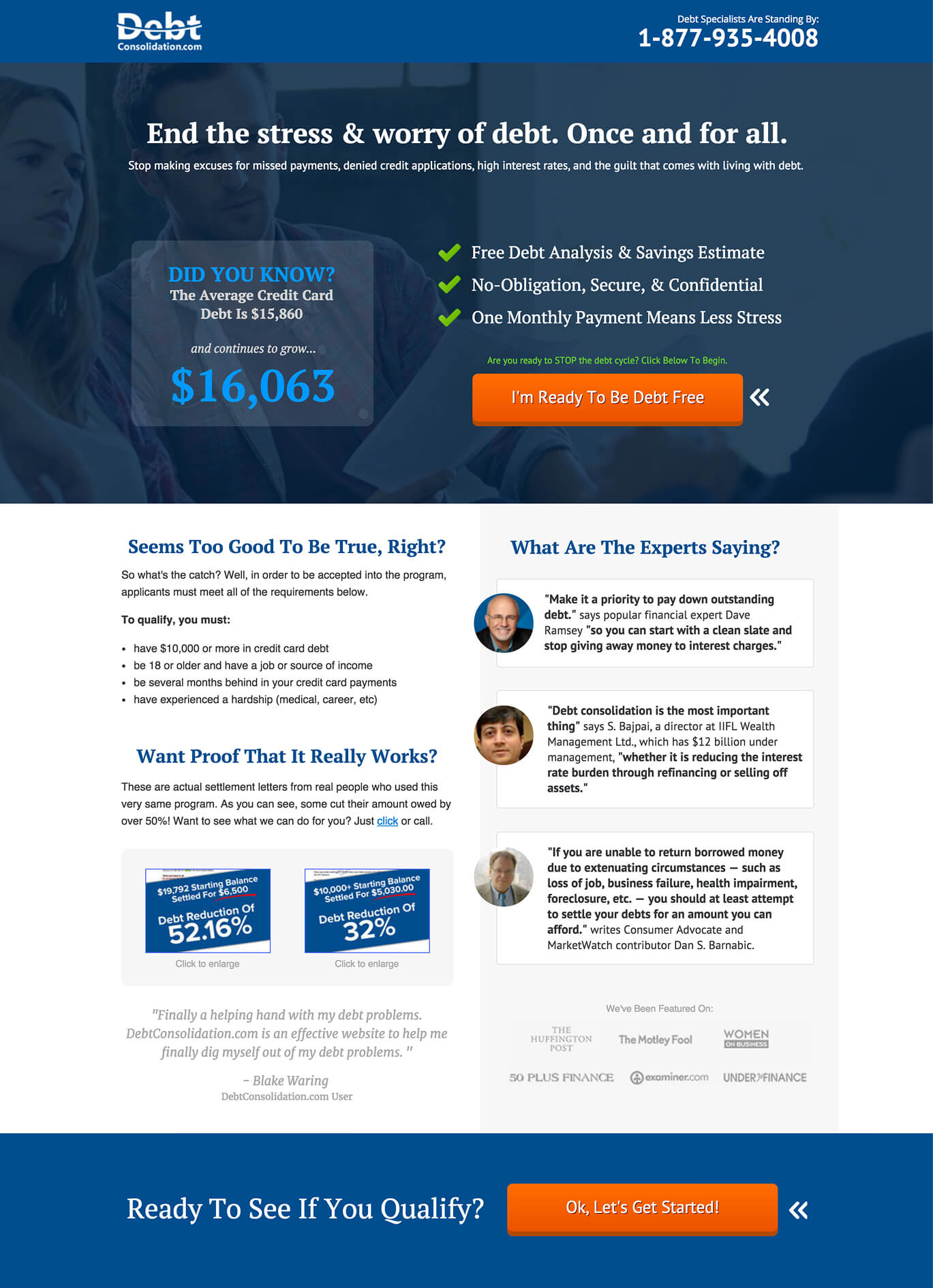
Landing Page
Tough customers to convert, the apathy is real -

Logo Design
The first thing that came to mind -
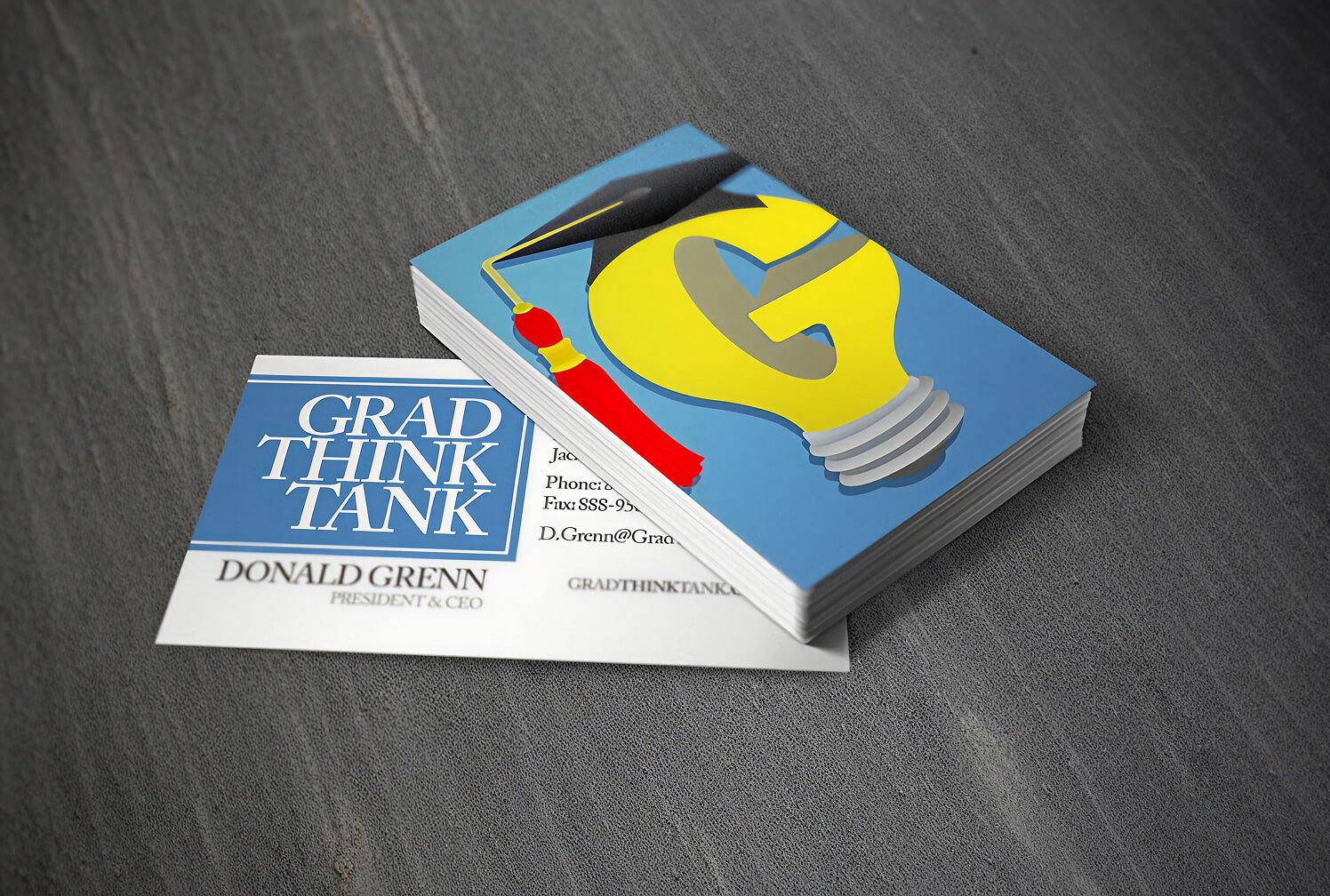
Logo & Business Card Design
One of hundreds I've designed over the years -
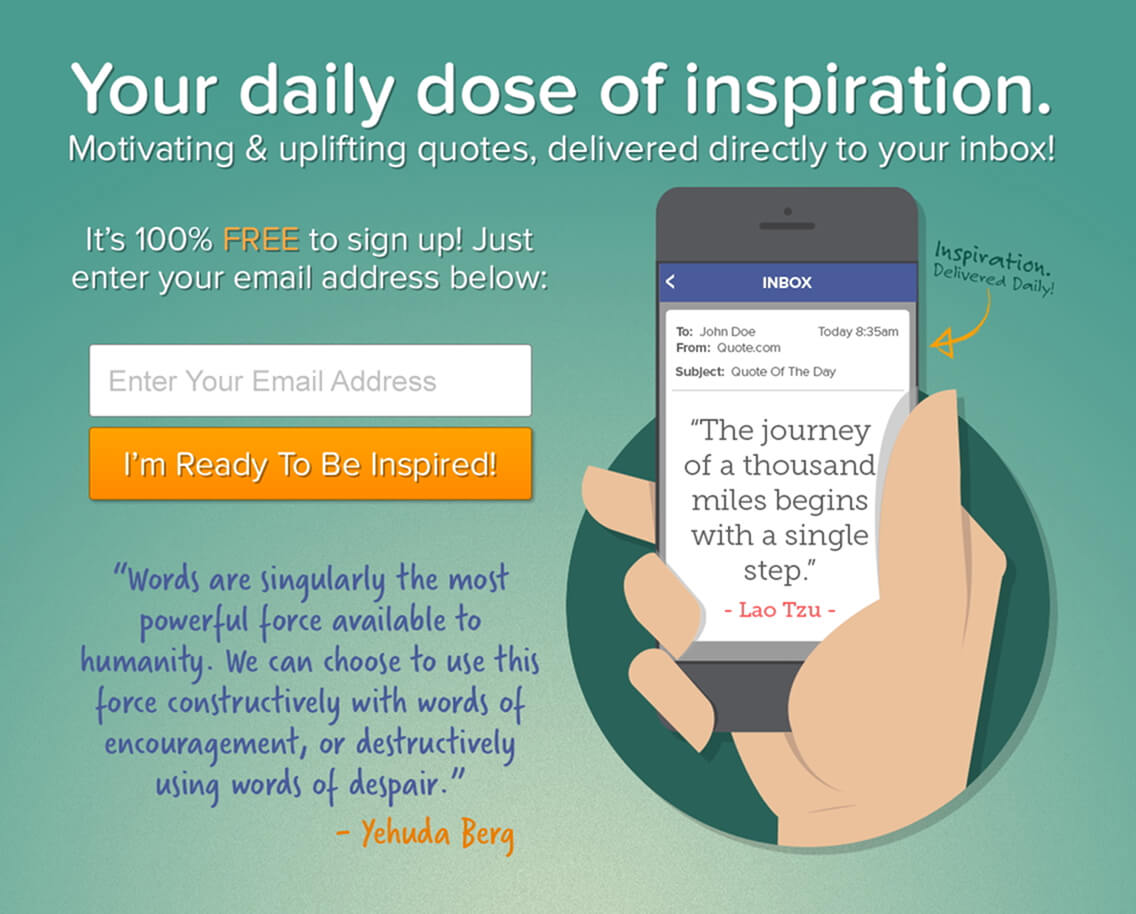
Landing Page
Email sign up page for tangential-topic marketing -

T-Shirt Design
Two of my favorite things: design and cars
I'm Not The Type to Brag
So I'll let some other folks do it for me.
